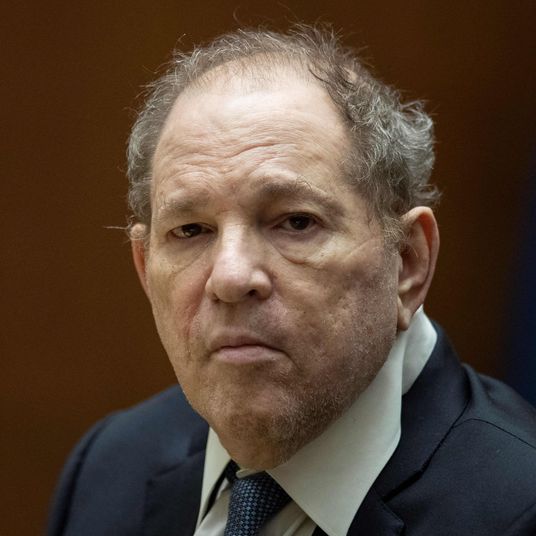
Having first exhibited COVID-19 symptoms last Wednesday or Thursday, President Trump left Walter Reed medical center just as he was entering the disease’s danger zone. While he may seem outwardly fine, the complex interaction between the virus and his immune system taking place inside his body could quickly spiral out of control, according to experts.
The timing of the coronavirus’s peak danger is a function of how the virus attacks the body. During the early phase, the coronavirus multiplies inside the host’s cells and triggers the immune system response. It’s during this period that the first symptoms can manifest. The critical phase doesn’t come until seven to 10 days after the onset of symptoms, when the immune system can lurch dangerously into overdrive as it tries to beat back the infection.
It’s during this time that patients risk undergoing what’s called “decompensation” — a process in which the disease abruptly becomes life threatening, which can unfold over the course of hours. “People can be percolating along and doing fairly well, and then all of a sudden without warning, inexplicably just crash,” says Daniel Sterman, the director of pulmonary medicine, critical care, and sleep medicine at NYU Langone Health.
Peter Chin-Hong, an infectious disease specialist at the University of California, San Francisco, calls it “falling off a cliff.” The cause, he says, is a dysregulation of the immune system, something that the elderly and people with other health risk factors are especially vulnerable to. “The immune system is like an orchestra that’s finely tuned,” he says. “Imagine if the percussion team were out of control and no longer listening to the conductor.”
Thanks to this dysregulation, a combination of the viral infection and the immune system’s response to it can cause the lungs to become flooded with fluid and cellular debris, a process called acute respiratory distress syndrome (ARDS). The level of oxygen in the blood drops, requiring patients to receive supplemental oxygen or even intubation. Inflammation can spread throughout the body causing other acute events as well, such blood clots in lungs, strokes, and heart attacks. It’s in the wake of a crash that the risk of death is highest. Among COVID-19 patients who develop ARDS, nearly half die.
Back in March, April, and May, when the pandemic was raging in New York, Sterman says, “It was a common scenario that you’d be having a conversation with somebody, they look well, they’re on the phone, they’re talking with their family, and the next time you come in they’re extremely sick.”
The fact that Trump felt better after three days at Walter Reed doesn’t necessarily mean he’s on the mend. A patient’s subjective perception of how well they’re feeling isn’t necessarily relevant to how the disease is progressing internally. And then there’s that fact that he was on steroids.
“He has moderate to severe COVID-19, if dexamethasone is being administered,” said Panagis Galiatsatos, a pulmonary and critical-care physician at Johns Hopkins who has treated hundreds of COVID patients, many with the steroid. “Now that definition is objective — all you need is some level of organ dysfunction, and he’s checked that off based on his need for supplemental oxygen.”
It’s no surprise that Trump tweeted that he feels better “than I have in 20 years.”
“Everyone who gets steroids feels great when they first start. They feel on top of the world,” says Chin-Hong. “Part of it is the contrast between how they felt before the steroids, and after. It’s sort of like when you have a headache and you take ibuprofen and it’s gone, and you feel amazing. Multiply that by a thousand.”
So far, Trump’s doctors said Tuesday he is doing “extremely well” after checking his vital signs and performing a physical exam. Granted, Trump’s doctors have been less-than-forthcoming about previous negative news about his condition — and they got his “permission” to release the latest rosy portrait.
“I would be concerned for at least another three to seven days,” Sterman says. “If he were to decompensate at the White House, and his oxygen levels were to drop, or he were to have a blood clot, how rapidly could they get him back to Walter Reed or another hospital?”
Trump’s doctors are no doubt keeping a constant close eye on his blood- oxygen levels. A device called a pulse oximeter shines a low-intensity laser into the tissue of the fingertip. A level of 92 or 93 percent is concerning, while below 90 percent signals a high level of danger. Trump’s level on Tuesday was between 95-97% while he was ambulating, doctors said.
Trump’s physicians will also likely be doing daily blood tests and looking at his white blood cell count, his hemoglobin, his liver and kidney function, and the levels of two key proteins that are markers for COVID-19 disease activity. The first, D-dimer, indicates the presence of blood clots; the second, c-reactive protein (CRP), is a measure of inflammation. “They’re pretty good, but not great, for showing the trends that predict clinical deterioration,” Sterman says.
For now, the White House is keeping a tight lid on the president’s condition, and has cancelled all public appearances for the immediate future. Galiatsatos said travel — including to next week’s presidential debate in Miami, as Trump is planning — should be out of the question. “He has COVID-19. The steroids didn’t cure that, he will have it for quite some time,” he said. “I think of Herman Cain, who got the virus in late June and died in late July. This disease takes time.”
If Trump does decompensate, the public will likely have no clue that his condition has deteriorated until he appears on the South Lawn for the helicopter ride back to Walter Reed or in a motorcade screeching to nearby George Washington University hospital. If it gets that bad, there will be no time left to waste.





























